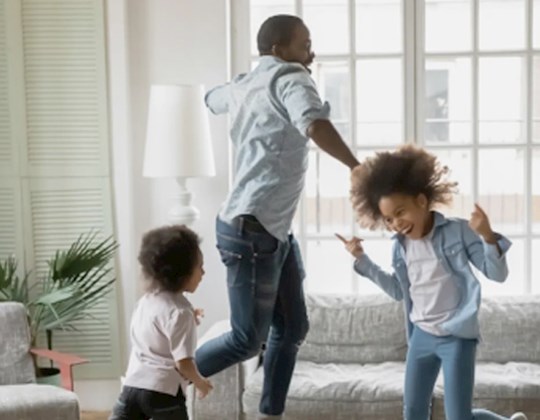It takes an island: Empowering children with upper limb differences
April is Limb Difference Awareness Month and a time to raise awareness, celebrate resilience, and advocate for those who live with limb loss or limb difference. This article highlights a specially designed camp for children with upper limb differences (ULDs) in Hawai’i. A first-of-its-kind camp for the Hawaiian islands, it included intentionally designed and culturally relevant experiences for children and their families. A description of both the unique camp activities and parent perceptions underscores the benefits of the camp for the children with ULDs and their families.
